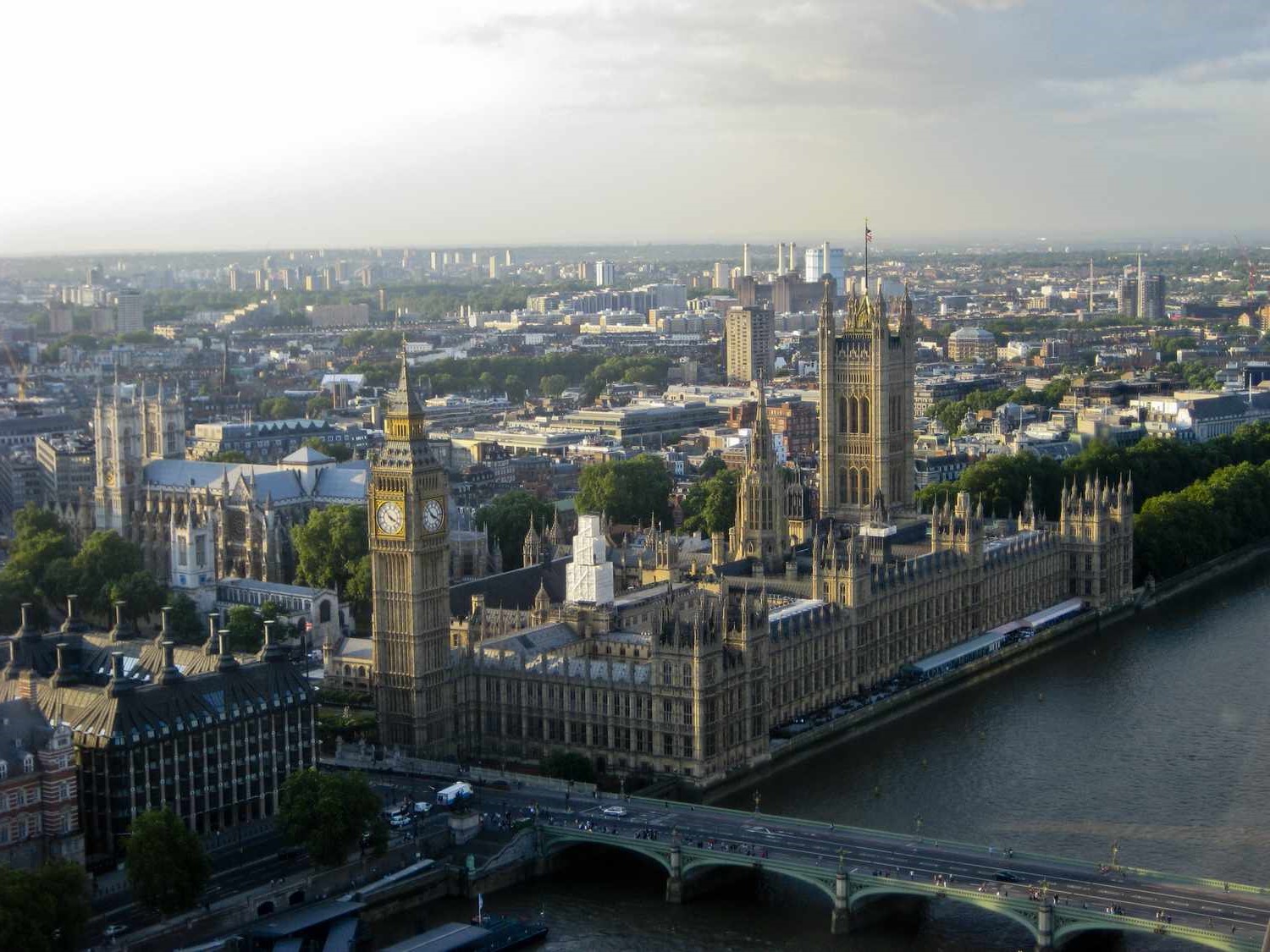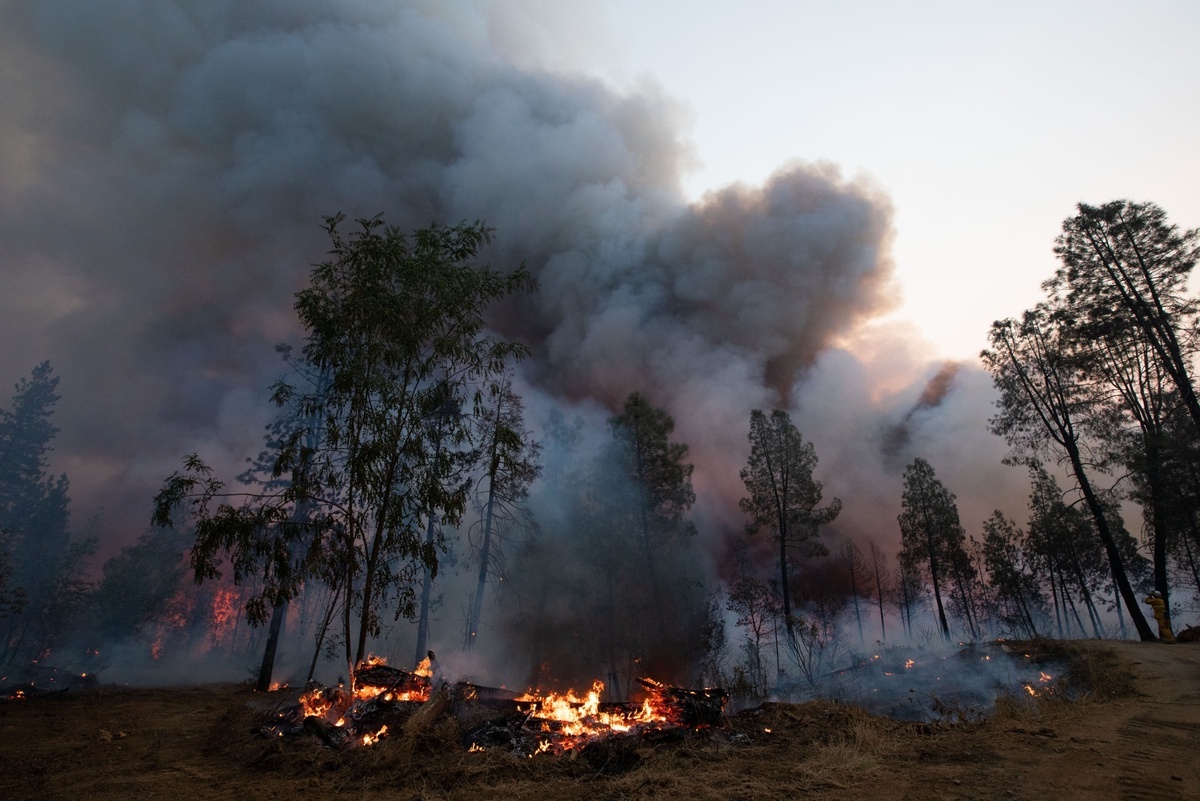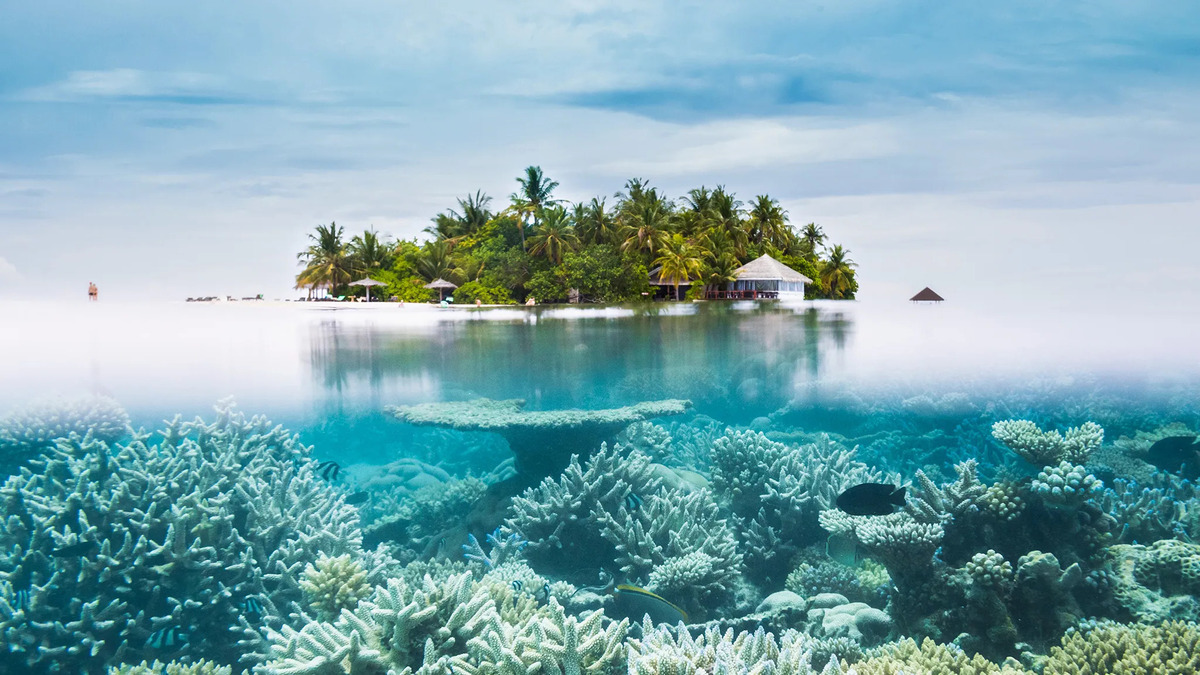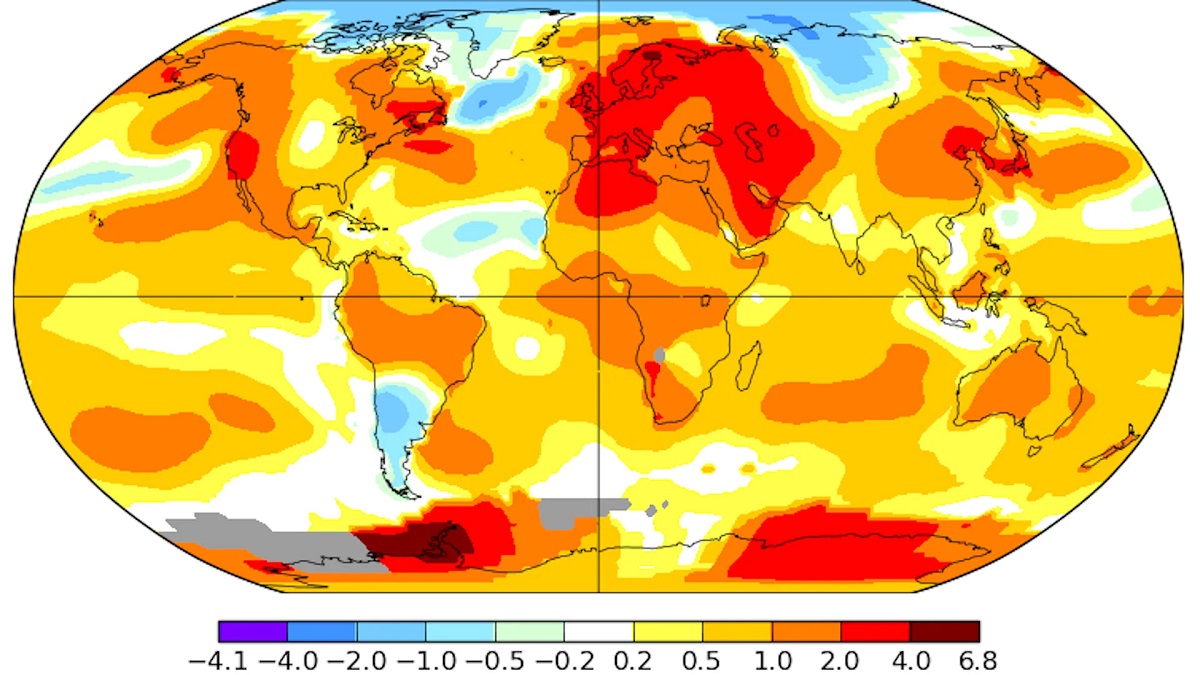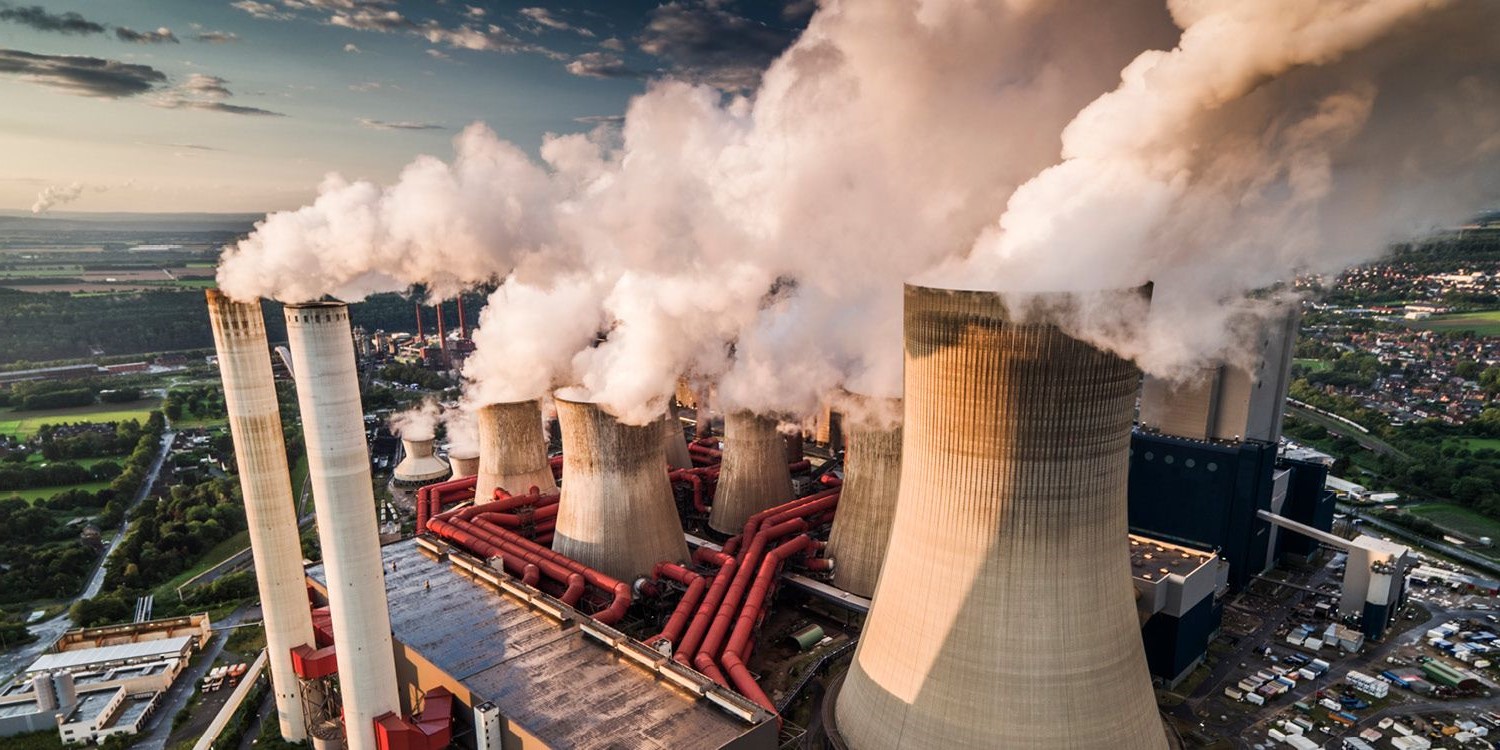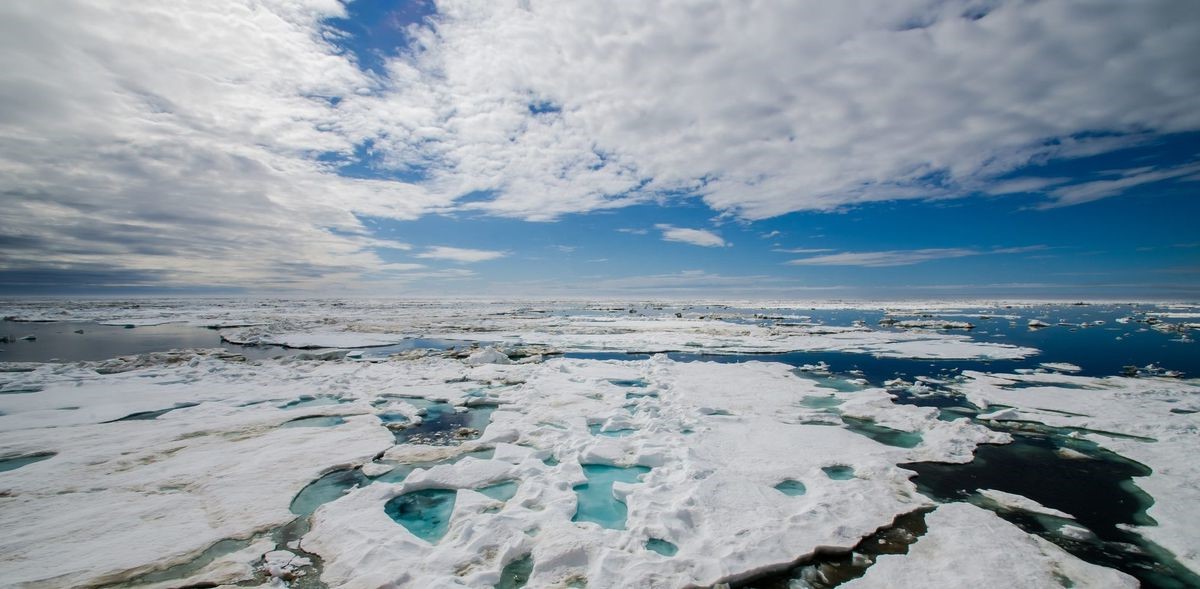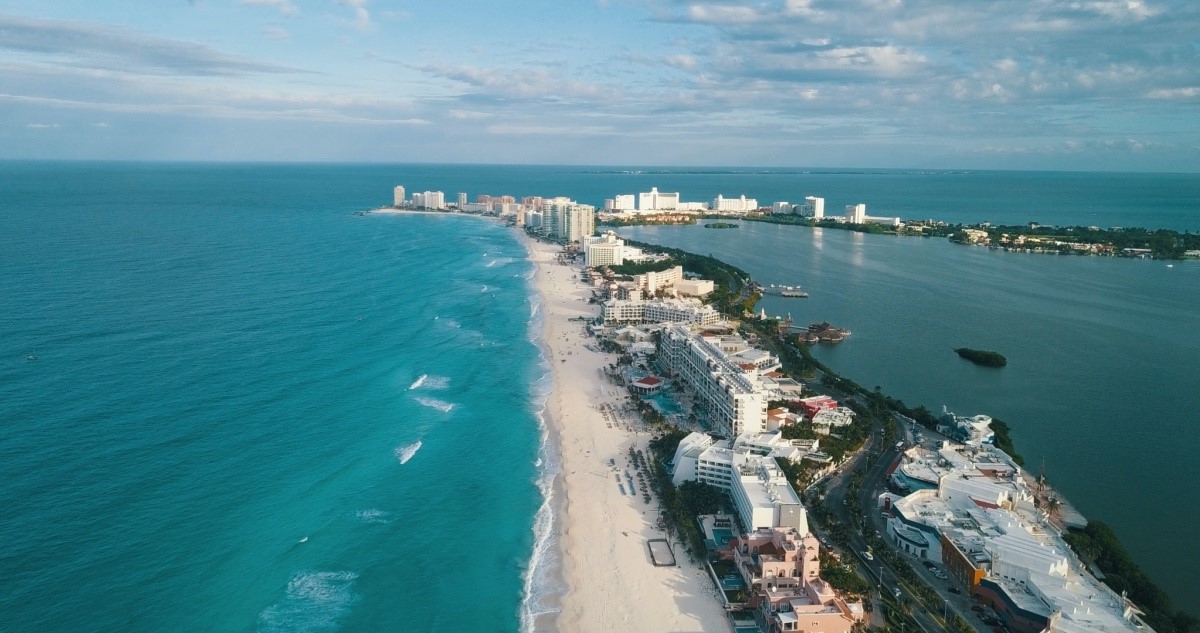Home>Weather and Climate>Physical Features With The Lowest Global Mean July Temperatures


Weather and Climate
Physical Features With The Lowest Global Mean July Temperatures
Published: March 6, 2024
Explore the physical features with the lowest global mean July temperatures and gain insights into weather and climate patterns. Discover how these natural elements impact our environment.
(Many of the links in this article redirect to a specific reviewed product. Your purchase of these products through affiliate links helps to generate commission for Temperatures.com, at no extra cost. Learn more)
Table of Contents
Introduction
The global climate is a complex and dynamic system that influences the weather patterns experienced across the planet. One of the key indicators of climate variation is the mean July temperature, which provides valuable insights into the distribution of heat across different regions. Understanding the physical features that contribute to the lowest global mean July temperatures is essential for comprehending the diverse climatic conditions that exist on Earth.
The global mean July temperature serves as a crucial metric for assessing the thermal characteristics of various geographical locations during the peak of the summer season. By examining the factors that influence these temperatures and the physical features that contribute to their variation, we can gain a deeper appreciation for the intricate interplay between the Earth's surface and the atmosphere.
In this article, we will delve into the factors that affect global mean July temperatures, explore the physical features that contribute to the lowest July temperatures, and analyze the impact of these conditions on the surrounding environment. By shedding light on these aspects, we can develop a more comprehensive understanding of the Earth's climate system and the remarkable diversity of climates that exist across the globe.
Read more: Global Temperature Trends
Factors Affecting Global Mean July Temperatures
The global mean July temperatures are influenced by a myriad of factors that collectively shape the climatic conditions experienced during this pivotal month. These factors encompass a broad spectrum of natural phenomena and human-induced influences, each playing a distinct role in determining the thermal characteristics of different regions. Understanding these factors is essential for unraveling the complexities of global climate patterns and their impact on the environment.
-
Solar Insolation: The amount of solar radiation received by a particular region significantly influences its July temperatures. Variations in solar insolation, which is the solar energy received per unit area, can arise due to factors such as the Earth's axial tilt, orbital eccentricity, and cloud cover. These fluctuations in solar insolation contribute to the diverse temperature profiles observed across the globe during July.
-
Latitude and Altitude: The geographical location of a region, as determined by its latitude and altitude, exerts a profound influence on its July temperatures. Areas situated closer to the equator receive more direct sunlight, resulting in higher temperatures, while regions at higher latitudes experience lower solar angles and consequently cooler July temperatures. Similarly, higher altitudes are associated with lower temperatures due to the adiabatic lapse rate, which describes the decrease in temperature with increasing altitude.
-
Ocean Currents and Atmospheric Circulation: The intricate interplay between ocean currents and atmospheric circulation patterns significantly impacts global mean July temperatures. Ocean currents, such as the Gulf Stream and the Kuroshio Current, can transport warm or cold water to different regions, thereby influencing their thermal regimes. Additionally, atmospheric circulation phenomena, including the Hadley, Ferrel, and Polar cells, play a pivotal role in redistributing heat across the planet, contributing to the spatial variability of July temperatures.
-
Land and Water Distribution: The distribution of land and water across the Earth's surface plays a crucial role in shaping global mean July temperatures. Water bodies, such as oceans and large lakes, exhibit higher heat capacity than land, leading to moderated temperature fluctuations. Consequently, coastal regions experience milder July temperatures compared to inland areas, where the absence of water bodies results in more pronounced thermal variations.
-
Human Activities: Human activities, particularly urbanization and industrialization, can exert localized influences on global mean July temperatures. The urban heat island effect, characterized by higher temperatures in urban areas due to human infrastructure and activities, represents a notable example of how human interventions can impact local thermal conditions during July.
By comprehensively examining these factors, we can gain valuable insights into the intricate mechanisms that underpin global mean July temperatures. This deeper understanding is essential for elucidating the complexities of the Earth's climate system and its profound implications for the environment and society.
Physical Features Contributing to Low July Temperatures
The physical features that contribute to low July temperatures encompass a diverse array of natural elements that collectively shape the climatic conditions experienced in specific regions during this pivotal month. These features play a pivotal role in fostering cooler thermal regimes, thereby influencing the overall global mean July temperatures. By examining these physical attributes, we can gain a deeper appreciation for the remarkable diversity of climates that exist across the planet and the unique environmental dynamics associated with each region.
1. High-Latitude Landmasses and Polar Regions
High-latitude landmasses, including the Arctic and Antarctic regions, exhibit distinct physical characteristics that contribute to their exceptionally low July temperatures. The presence of vast ice sheets and glaciers, coupled with prolonged periods of daylight during the summer months, results in limited heat absorption by the Earth's surface. As a consequence, these regions experience significantly lower temperatures during July, with the persistent presence of ice and snow further amplifying their cooling effect.
2. High Altitude Terrain
Regions characterized by high altitude terrain, such as mountainous areas and plateaus, are associated with lower July temperatures due to the influence of altitude on atmospheric conditions. The adiabatic lapse rate, which describes the decrease in temperature with increasing altitude, leads to cooler thermal profiles in elevated terrains. This phenomenon is exemplified by the Himalayas, the Andes, and the Rocky Mountains, where the combination of high altitude and rugged topography contributes to the manifestation of low July temperatures.
3. Proximity to Cold Ocean Currents
Geographical locations situated in close proximity to cold ocean currents experience lower July temperatures as a result of the cooling influence exerted by these marine currents. Cold ocean currents, such as the Labrador Current and the California Current, transport frigid waters from polar regions to lower latitudes, thereby moderating the temperatures of coastal areas. This phenomenon is particularly evident along the western coasts of continents, where the proximity to cold ocean currents contributes to the manifestation of cooler July temperatures.
4. Extensive Forest Cover and Vegetation
Regions characterized by extensive forest cover and dense vegetation can exhibit lower July temperatures due to the cooling effects of evapotranspiration and shading provided by the canopy. The process of evapotranspiration, wherein plants release water vapor into the atmosphere, contributes to localized cooling by absorbing heat energy during the process of transpiration. Additionally, the shading provided by dense vegetation can limit the amount of solar radiation reaching the Earth's surface, thereby fostering cooler thermal conditions during July.
5. High Cloud Cover and Albedo Effect
Areas characterized by high cloud cover and a pronounced albedo effect, which describes the reflectivity of the Earth's surface, are associated with lower July temperatures. Clouds act as a natural insulator by reflecting a portion of incoming solar radiation back into space, thereby reducing the amount of heat absorbed by the Earth's surface. Similarly, surfaces with high albedo, such as snow-covered landscapes and ice sheets, exhibit enhanced reflectivity, contributing to the maintenance of cooler thermal profiles during July.
By elucidating the physical features that contribute to low July temperatures, we can gain a deeper understanding of the diverse climatic conditions that exist across the globe. These features not only shape the thermal characteristics of specific regions but also underscore the intricate interplay between the Earth's surface and the atmosphere, ultimately contributing to the remarkable diversity of climates observed on our planet.
Impact of Low July Temperatures on Surrounding Environment
The impact of low July temperatures on the surrounding environment encompasses a multitude of ecological, biological, and societal implications that reverberate across diverse landscapes. These cooler thermal conditions during the peak of the summer season exert profound influences on various aspects of the natural environment, shaping ecosystems, wildlife behavior, and human activities in distinctive ways.
Ecological Dynamics
Low July temperatures can significantly influence ecological dynamics, particularly in regions characterized by cooler thermal profiles. These conditions can impact the phenology of plant species, affecting the timing of flowering, leaf emergence, and fruit ripening. Additionally, low temperatures can influence the distribution and abundance of wildlife, leading to shifts in migratory patterns and foraging behaviors. In high-latitude regions and mountainous areas, low July temperatures play a pivotal role in shaping the composition of ecosystems, influencing the prevalence of cold-adapted flora and fauna.
Cryospheric Systems
The manifestation of low July temperatures contributes to the preservation and expansion of cryospheric systems, including glaciers, ice caps, and permafrost regions. Cooler thermal conditions during this period can mitigate the rate of ice melt and permafrost thaw, thereby influencing the hydrological dynamics of polar and high-altitude environments. The sustained presence of low temperatures in July fosters the stability of cryospheric features, which in turn impacts regional water resources, albedo feedback mechanisms, and the habitat suitability for cold-adapted species.
Agricultural Practices
In agricultural regions, low July temperatures can have implications for crop cultivation and phenological stages. Cooler thermal conditions may influence the maturation of crops, potentially extending the growing season for certain plant species. Conversely, in regions where low temperatures hinder crop development, farmers may need to adapt their agricultural practices to mitigate the impact of cooler July temperatures. Furthermore, the prevalence of low temperatures can influence the occurrence of frost events, posing challenges for sensitive crops and necessitating protective measures to safeguard agricultural yields.
Human Adaptation and Recreation
Low July temperatures can also influence human adaptation strategies and recreational activities in various regions. In areas characterized by cooler thermal profiles during this month, communities may need to implement measures to mitigate the impact of low temperatures on infrastructure, energy consumption, and outdoor activities. Conversely, the presence of low July temperatures can create opportunities for recreational pursuits such as glacier tourism, cold-weather sports, and nature-based tourism experiences that capitalize on the unique environmental dynamics shaped by cooler thermal conditions.
Biodiversity and Conservation
The impact of low July temperatures on the surrounding environment extends to biodiversity conservation efforts, particularly in regions where cooler thermal regimes foster unique ecological niches. These conditions can influence the distribution of endemic species, the prevalence of specialized habitats, and the resilience of ecosystems to climate variability. Conservation initiatives in areas characterized by low July temperatures must consider the ecological significance of cooler thermal conditions and the implications for preserving biodiversity hotspots and cold-adapted species.
By comprehensively examining the impact of low July temperatures on the surrounding environment, we can gain valuable insights into the intricate interplay between climate dynamics and ecological systems. These cooler thermal conditions during the summer month not only shape the environmental characteristics of specific regions but also underscore the resilience and adaptability of natural ecosystems and human societies in the face of diverse climatic challenges.
Conclusion
In conclusion, the lowest global mean July temperatures are influenced by a multitude of factors, including solar insolation, geographical location, oceanic and atmospheric phenomena, land-water distribution, and human activities. These diverse influences collectively shape the thermal characteristics of different regions during this pivotal month, highlighting the intricate interplay between natural processes and anthropogenic impacts on global climate patterns.
The physical features that contribute to low July temperatures encompass a rich tapestry of natural elements, including high-latitude landmasses, high-altitude terrain, proximity to cold ocean currents, extensive forest cover, and high cloud cover. These features play a pivotal role in fostering cooler thermal regimes, thereby contributing to the spatial variability of global mean July temperatures. By elucidating these physical attributes, we gain a deeper appreciation for the remarkable diversity of climates that exist across the planet and the unique environmental dynamics associated with each region.
Furthermore, the impact of low July temperatures on the surrounding environment extends to ecological dynamics, cryospheric systems, agricultural practices, human adaptation and recreation, and biodiversity conservation. These cooler thermal conditions during the peak of the summer season exert profound influences on various aspects of the natural environment, shaping ecosystems, wildlife behavior, and human activities in distinctive ways. Understanding these implications is essential for developing adaptive strategies and conservation measures that address the complex interplay between low July temperatures and environmental dynamics.
By shedding light on the factors affecting global mean July temperatures, the physical features contributing to low July temperatures, and the impact of these conditions on the surrounding environment, we have gained a deeper understanding of the intricate mechanisms that underpin the Earth's climate system. This comprehensive insight not only enhances our knowledge of global climate patterns but also underscores the need for sustainable practices and adaptive measures to address the diverse challenges posed by low July temperatures in different regions.
In essence, the exploration of low July temperatures and their underlying physical features provides a compelling narrative of the Earth's climatic diversity and the profound implications of cooler thermal conditions on the environment. By embracing this holistic perspective, we can foster a deeper appreciation for the resilience of natural ecosystems and the adaptive capacity of human societies in the face of diverse climatic challenges, ultimately contributing to the sustainable coexistence of humanity and the natural world.
